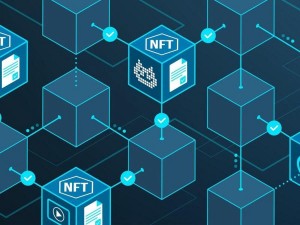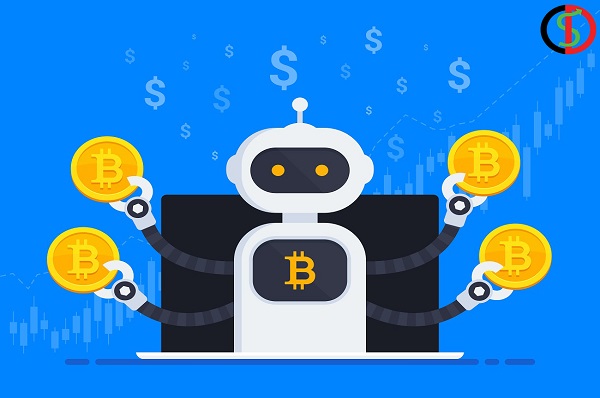Introduction
Imagine if you are able to purchase an item of electronic painting on the Internet for an affordable fee and that you also get a one-of-a-kind digital token that demonstrates your ownership of the artwork that you purchased. Wouldn’t that be wonderful? Now, however, there is the possibility to do so because of NFTs.
The realms of electronic artistry and collectables are now being overrun by the phenomenon of NFTs. NFTs are now being marketed as the digital alternative to collectibles, similar to how everyone in the world once considered Bitcoin to be the digital solution to cash. As a direct consequence of this, the lifestyles of digital artists are beginning to shift as a direct result of the large sales to a fresh crypto consumer.
What is NFT?
NFT refers to ‘non-fungible token’. A Thing is considered non-fungible if it is one of a kind and cannot be replicated. In contrast, fiat currency and currencies are both fungible, which indicates that they may be exchanged or swapped for one another and do not have unique properties that prevent them from being used interchangeably.
Every NFT has its own one-of-a-kind digital certificate, which is why they are all completely distinct from one another. NFTs, also known as non-fungible tokens, are virtual commodities that may take the shape of photographs, films, audio files, or any other kind of digital file. Paintings, comics, sports souvenirs, trading cards, videogames, and a variety of other things are some examples of NFT.
How do NFTs work?
Paintings and other forms of traditional artwork, such as furniture, are very valued due to their one-of-a-kind nature. On the other hand, digital data are able to be copied effortlessly and indefinitely. NFTs make it possible to “tokenize” works of art, which results in the creation of a digital certificate of ownership that can be purchased and traded.
A track of who possesses what is kept on a public ledger that is termed as the blockchain. This function is similar to that of crypto-currency. Because the ledger is being updated by hundreds of computers located all over the globe, the records cannot be falsified in any way. NFTs may also include smart contracts, which may, for instance, provide the artist with a percentage of the proceeds from any future sales of the token.
NFT usage scenarios
NFTs allow for the representation of real-world assets like as art and mortgage lending, among other things. It is possible to “tokenize” these real-world, physical items, making them easier to purchase, sell, and trade while also reducing the likelihood of fraud occurring.
Paintings
The most common use for NFT crypto is programmed painting, which strikes a rare balance between artistic expression and technological innovation. Several works of art that are part of a restricted number are now available for purchase.
Interestingly, they allow programmability to be used to make adjustments in a variety of contexts. For instance, artists may use intelligent agreements and oracles to create images that can respond to price fluctuations in blockchain-based digital content. These visuals can be interactive.
Fashion
Blockchain technology has seamlessly integrated itself into the clothing industry, bringing with it the potential of advantages for all parties involved in the supply chain. It is possible for customers to verify the property data of their products and components online, therefore removing any possibility of buying a fake product. Users might, for instance, just scan a QR code that is located on the price tags of articles of clothing and items that come in the form of an NFT.
Credentials and Permissions
Verifying licenses and certificates using NFT use scenarios may potentially give considerable advantages to the enterprise. Students who successfully complete a course get a certificate of completion, which may be presented in either electronic or paper form, just as they would for any other diploma or credential.
It is possible that administrators will be able to save a substantial amount of time by gaining access to these licenses via the usage of NFTs. The usage of certificates and licenses based on NFT reduces the workload associated with inspecting and verifying records. As a consequence of this, the method makes it simple to maintain records that demonstrate successful fulfillment of training or license requirements.
Sports
The proliferation of fake merchandise and ticket is one of the most significant problems facing the sports business today. Blockchain technology is the optimal approach for addressing such challenges with a minimum of additional hurdles. The integrity of blockchain technology contributes to the reduction of the prevalence of fake cards and artifacts.
Gaming
NFTs have already had an influence on the gaming community as a whole, and they have left their imprint on the cryptocurrency entertainment business as well. In 2017, CryptoKitties was the first platform to mix the elements of videogames with those of NFTs by releasing virtual kitties on the blockchain and allowing users to engage with and exchange with those cats.
The algorithm was so effective that it temporarily overwhelmed the Ethereum network with an excessive number of transaction requests, which led it to become congested.
Are NFTs Safe?
In most cases, non-fungible tokens, which utilize blockchain innovation in the same manner as cryptocurrencies, are safe investments. Because blockchains are distributed ledgers, it is difficult to hack non-fungible tokens (NFTs), yet it is not impossible. You run the danger of losing entry to your non-fungible token if the company that hosts the NFT goes out of business, which is one of the safety risks associated with NFTs.
Conclusion
Unique digital representations of assets that are stored on a blockchain are referred to as non-fungible tokens. NFTs are an essential component of this process since the world is now investigating how the use of distributed, immutable ledgers may make financial transactions both safer and quicker. These assets have had their transaction history maintained, have the ability to expedite business operations, and are a foundational component of the developing digital world.





